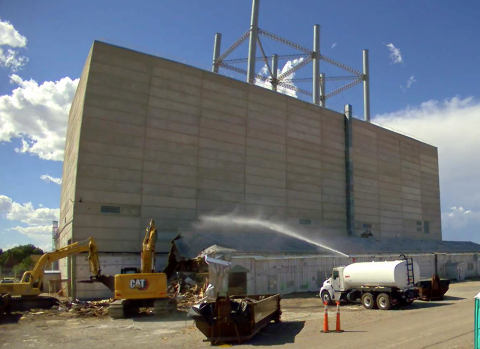
EM is moving forward with plans to demolish two defueled naval reactor prototypes and associated buildings at the Idaho National Laboratory (INL) Site.
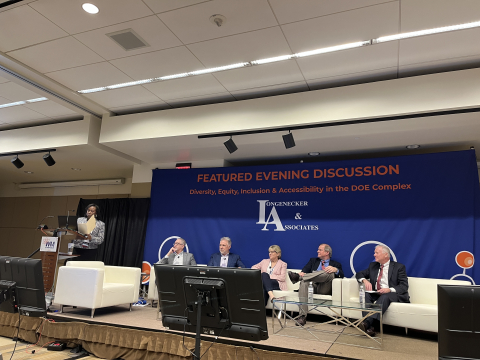
Oak Ridge hosted a panel at the 2023 Waste Management Symposia titled, “U.S. DOE Environmental Cleanup in Oak Ridge, TN: A New Chapter.”
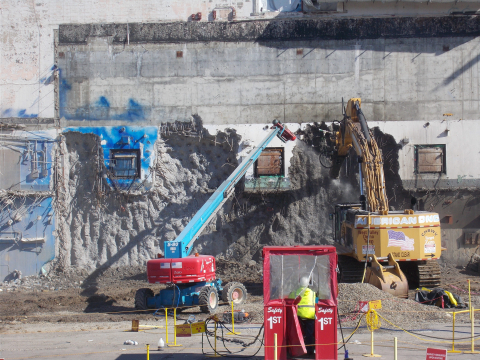
EM and its cleanup contractor at the West Valley Demonstration Project have safely completed demolition of seven areas of the Main Plant Process Building after launching the project early last fall.
DOE OREM officials reached an important milestone this fall in preparing for a new onsite disposal facility by signing a record of decision with the U.S. Environmental Protection Agency and Tennessee Department of Environment and Conservation.
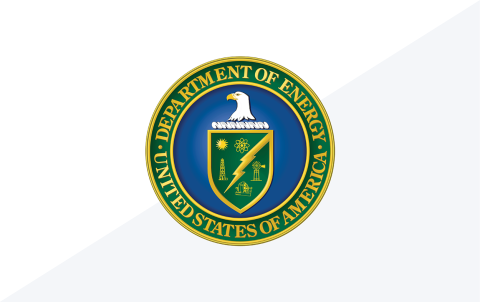
The Department of Energy (DOE) is awarding a non-competitive financial assistance grant to the Environmental Research Institute of the States to conduct work through the Interstate Technology and Regulatory Council (ITRC).
INL's Site’s largest, active landfill will be expanded to accommodate the disposal of contaminated soil, debris and even reactor vessels for an additional 25 years following approval recently by EM, the EPA and the state of Idaho.
EM is using an innovative system at the Idaho National Laboratory (INL) Site to streamline an annual inspection process and reduce resources needed to complete reports.
EM has released a web-based mapping tool called TRAC, or Tracking Restoration And Closure, that transforms data and other technical material about groundwater plumes at EM sites into relevant, easy-to-understand information.
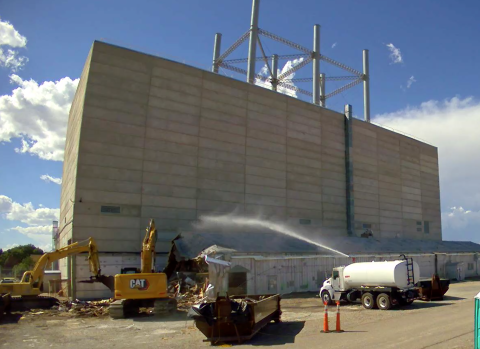
Decontamination and demolition (D&D) crews at EM’s Idaho National Laboratory (INL) Site have begun demolishing Cold War-era buildings that supported the U.S. Navy’s nuclear propulsion program beginning in the 1950s.
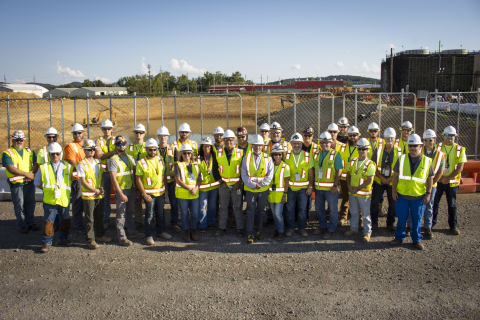
Crews at EM's Portsmouth Site recently finished excavating the first of five legacy landfills whose soil will be used to support the On-Site Waste Disposal Facility (OSWDF).

